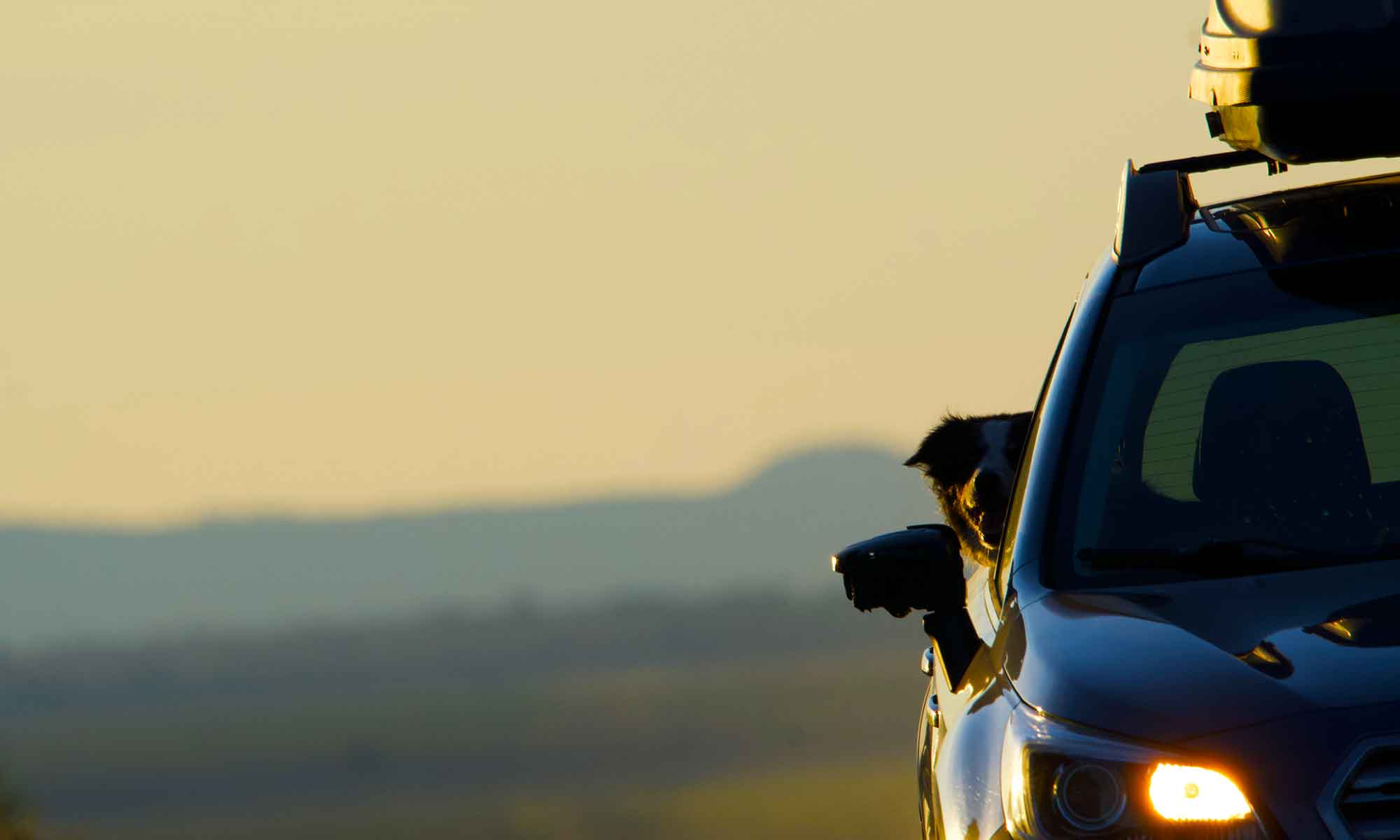 Sometimes when you start out for the day there is a destination in mind. Other times you don’t know where you’re going, and once in a while it changes mid journey.
Sometimes when you start out for the day there is a destination in mind. Other times you don’t know where you’re going, and once in a while it changes mid journey.
 Last week we had just that kind of day. It started with a trip to get sunrise images at Fort Rock, maybe grab photos of raptors, and hike up around the rim. It was a frosty morning, a bit too cold for a long walk, although we did pick up some great shots.
Last week we had just that kind of day. It started with a trip to get sunrise images at Fort Rock, maybe grab photos of raptors, and hike up around the rim. It was a frosty morning, a bit too cold for a long walk, although we did pick up some great shots.
Generally speaking, we don’t like to return on the same route we came. With more of the morning to take advantage of, we pulled the maps and plotted a loop home that looked interesting. It took us over ground we’ve not yet explored … via forest service roads.
Bouncing around on small forest service roads is an adventure. Often not much more than a couple of ruts in the high desert duff, winding through the sage and pine that nearly always presents you with spectacular views.
Central Oregon forests and high desert lands are typically crisscrossed by a web of dirt roads. Probably because it’s pretty easy to cut a road in this country.
 Even when there’s not a road mapped, a simple two track exists on the ground. This means you really need to keep a close eye to the USFS road markers, those flat metal posts at most junctions with numbers on them.
Even when there’s not a road mapped, a simple two track exists on the ground. This means you really need to keep a close eye to the USFS road markers, those flat metal posts at most junctions with numbers on them.
Standard kit in our car are BLM and USFS district maps to aid the GPS. The forest service roads are numbered at junctions, unless some stoop has used it for target practice. Main routes (arterials) get assigned two digit designations. Secondary or collector roads are a four digit number, and local, short access roads, have three digits.
Arterials can be paved, are often graded and usually travelable. But when you start down the four digit routes it gets a bit more dicey. Few of these dirt tracks are maintained with any regularity. Here you need to navigate with some caution as you can run into rough patches, downed trees and worse.

 To the east of Fort Rock is a lava flow formation called the Devils Garden (scheduled for a separate day’s exploration). We start with USFS 18, skirting the western edge of that rocky structure, then turn on to 2431 and bump along the seam where forest meets high desert.
To the east of Fort Rock is a lava flow formation called the Devils Garden (scheduled for a separate day’s exploration). We start with USFS 18, skirting the western edge of that rocky structure, then turn on to 2431 and bump along the seam where forest meets high desert.
Our travels took a few different types of ‘4 digit’ roads that slalomed through second growth Ponderosa pine, offering frequent vistas out onto the Christmas Valley hay fields.
 Eventually we wound up on the southern rim of Hole-in-the-Ground, a unique, if unimaginatively named geological feature.
Eventually we wound up on the southern rim of Hole-in-the-Ground, a unique, if unimaginatively named geological feature.
We ended the day’s expedition on a state route headed East to La Pine and used the highway speeds to shake a bit of the dust from the Subaru.










Fantastic day! What caused the Hole in the Ground? Astroid? Alien space ship??
Alien space ship would be SO cool! Actually, Hole in the Ground is a large volcanic explosion crater. It is 1 mile across and the floor is about 490 feet below ground level.